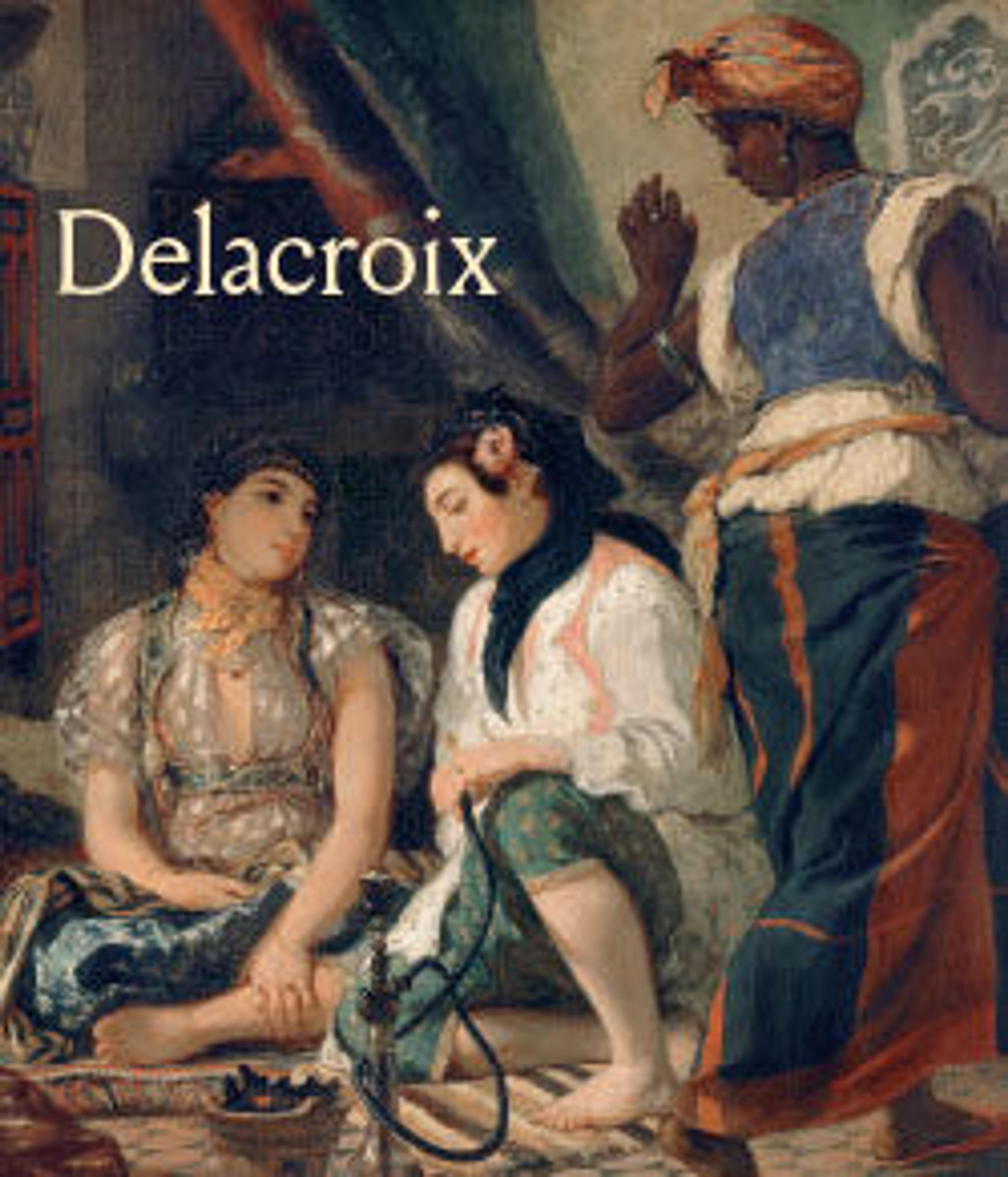Christ Asleep during the Tempest
Delacroix painted at least six versions of this biblical lesson in faith: when awakened by his terrified disciples, Christ scolded them for their lack of trust in Providence. In the earlier works, the seascape is more prominent; in the later ones, as here, Christ’s bark occupies a more significant place. After Vincent van Gogh saw this version in Paris in 1886, he wrote, "Christ’s boat—I’m talking about the blue and green sketch with touches of purple and red and a little lemon yellow for the halo, the aureole—speaks a symbolic language through color itself."
Artwork Details
- Title: Christ Asleep during the Tempest
- Artist: Eugène Delacroix (French, Charenton-Saint-Maurice 1798–1863 Paris)
- Date: ca. 1853
- Medium: Oil on canvas
- Dimensions: 20 x 24 in. (50.8 x 61 cm)
- Classification: Paintings
- Credit Line: H. O. Havemeyer Collection, Bequest of Mrs. H. O. Havemeyer, 1929
- Object Number: 29.100.131
- Curatorial Department: European Paintings
More Artwork
Research Resources
The Met provides unparalleled resources for research and welcomes an international community of students and scholars. The Met's Open Access API is where creators and researchers can connect to the The Met collection. Open Access data and public domain images are available for unrestricted commercial and noncommercial use without permission or fee.
To request images under copyright and other restrictions, please use this Image Request form.
Feedback
We continue to research and examine historical and cultural context for objects in The Met collection. If you have comments or questions about this object record, please contact us using the form below. The Museum looks forward to receiving your comments.
